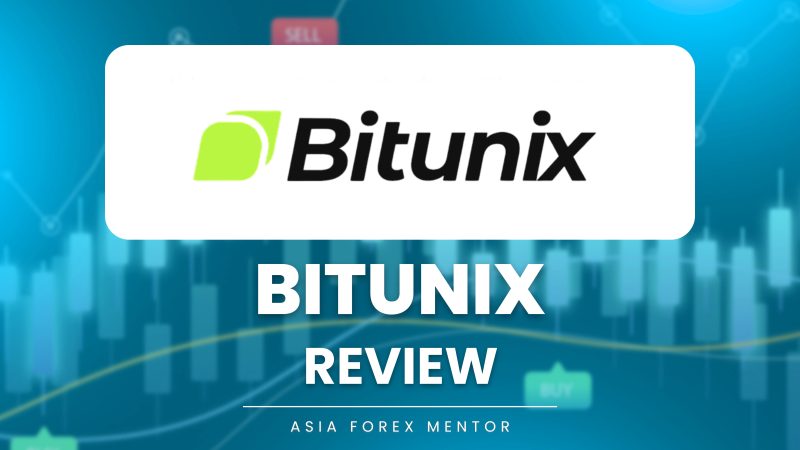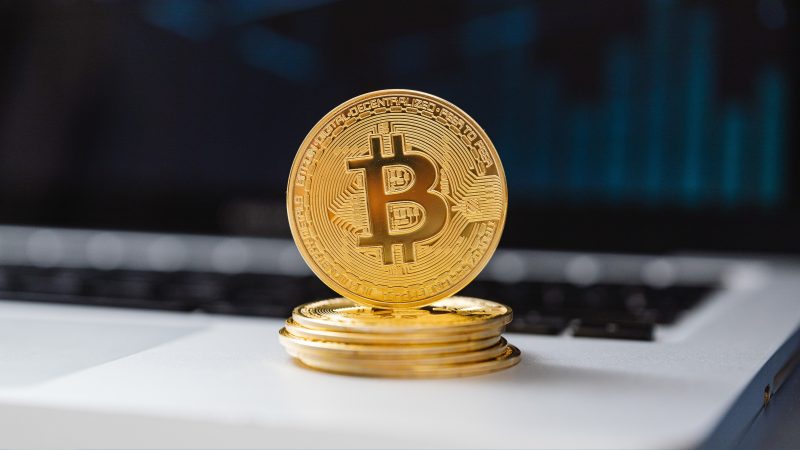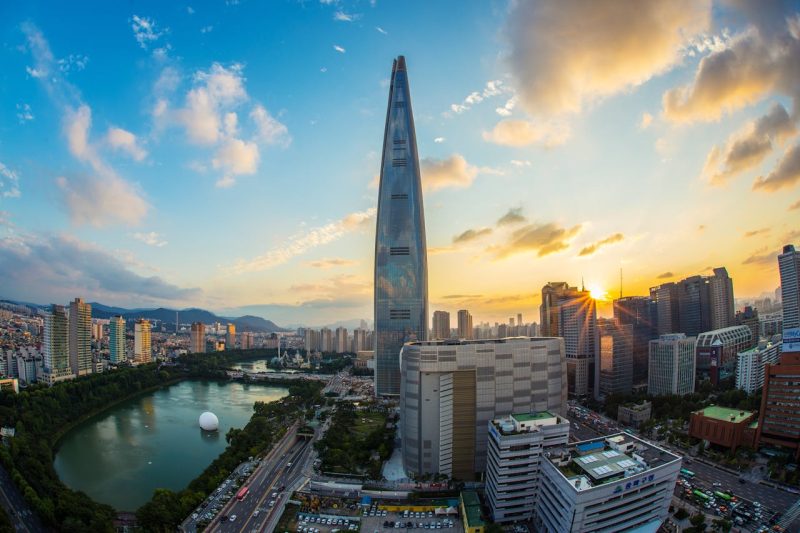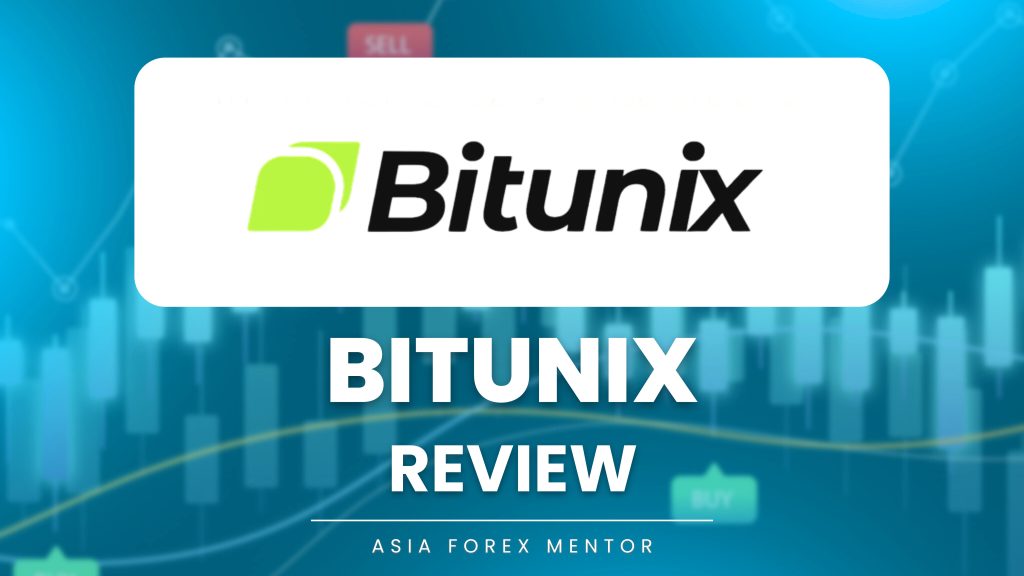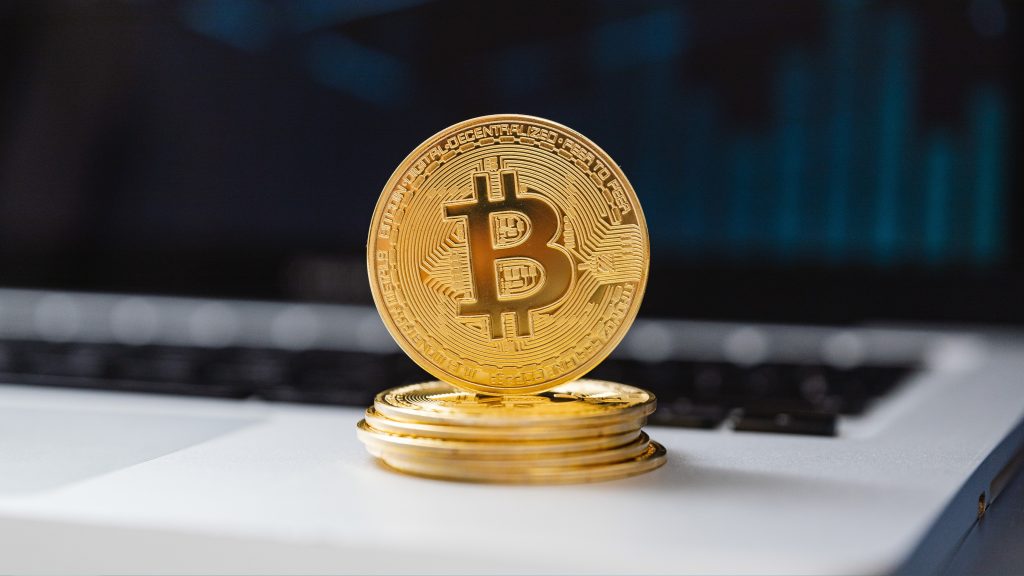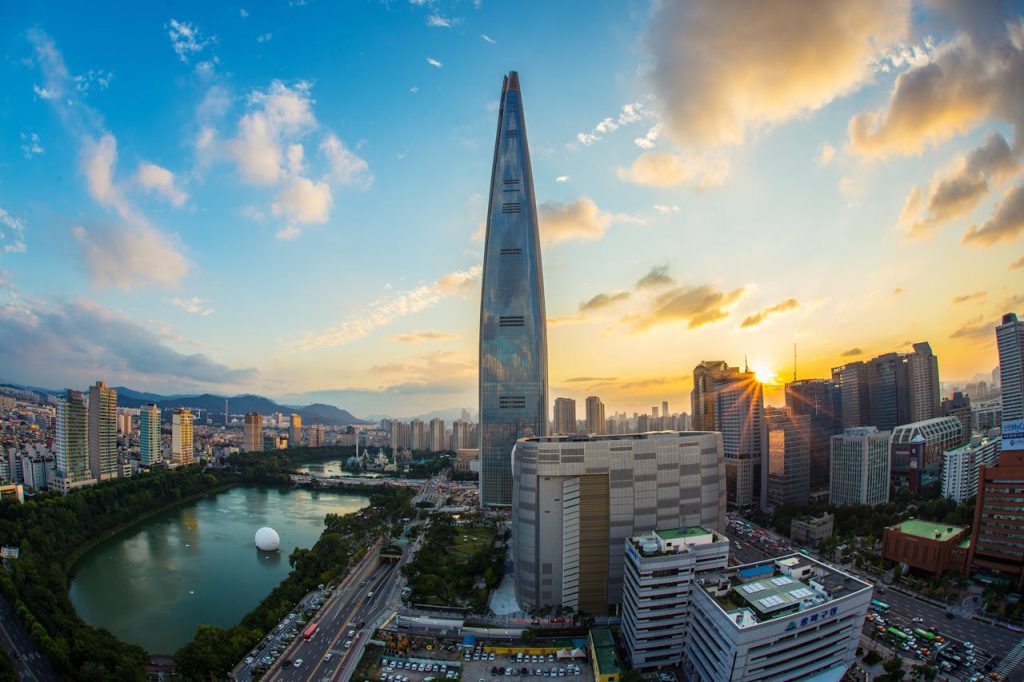
Get ready, because China just fired back against the economic pressure from the U.S. trade war, not with tariffs this time, but with a whole “barrage” of policies aimed right at its own economy. This comes as both countries are actually getting ready for face-to-face trade talks later this week.
Feeling the pinch from President Trump's high tariffs, and already dealing with a drawn-out property market slump, Beijing has unveiled a multi-pronged plan. The central bank governor and other top financial officials stepped forward today, Wednesday, May 7, 2025, to outline what they're doing to counter the hit.
Here are 6 of the key policies China just announced to bolster its economy:
1. They Cut a Key Interest Rate (Reverse Repo Rate).
The People's Bank of China (PBOC) Governor, Pan Gongsheng, announced they're reducing the reverse repo rate – which is basically the rate the central bank pays commercial banks on their deposits – from 1.5% down to 1.4%. This is one way to inject a little more liquidity into the system.
2. Another Lending Rate Got Trimmed Too.
On top of the reverse repo rate, the PBOC also cut its lending rate to commercial banks. This rate was reduced by 0.25 percentage points, bringing it down to 1.5%. Lowering the cost for banks to borrow from the central bank is intended to encourage them to lend more.
3. A Massive Cash Injection Via Reserve Requirements (RRR Cut).
Perhaps the most significant move on the monetary front: China cut the required reserve ratio (RRR) by 0.5%. This is the portion of funds banks must hold in reserve. Cutting it frees up money banks can lend out. Governor Pan said this specific cut would release a staggering 1 trillion yuan – that's about $137.6 billion – in extra cash into the economy.
4. Interest Rates on Home Loans Were Reduced.
Recognizing the pressure in the property sector, the central bank also specifically announced they are reducing interest rates on five-year housing loans. Making it cheaper to borrow for homes is a targeted effort to support the struggling real estate market and related consumer activity.
5. More Government Money for Factory Upgrades and Innovation.
Beyond just monetary policy, the government is planning to increase direct funding available for businesses. This includes putting more money towards upgrading factories and boosting innovation efforts, aiming to support the industrial sector.
6. Boosting Spending on Elder Care and Service Businesses.
Alongside supporting manufacturing, the government also plans to increase the amount of money available for service businesses, specifically mentioning areas like elder care. This is intended to support growth in the services sector of the economy.
Why This Barrage Now?
China is making these moves because President Trump's high tariffs (as high as 145% from the U.S. on many Chinese products, met with China's retaliatory tariffs up to 125% plus stopping U.S. farm imports) are really starting to take a toll on its export-reliant economy. This adds to the existing pain from the property downturn. Both the U.S. and Chinese economies are showing signs of strain recently. While China officially reported 5.4% growth in Q1, economists question those figures, and more recent data points to weakening export orders and business sentiment.
Interestingly, this policy blitz comes just as China and the U.S. agreed to hold trade talks later this week in Geneva. Top officials from both sides (Treasury Secretary Scott Bessent, U.S. Trade Representative Jamieson Greer, and Chinese Vice Premier He Lifeng) will meet. It's a moment analysts see as a potential “pivot point” that could either stabilize things a bit or “re-ignite the ‘trade war’ inferno.”
Initial Reaction? Muted Gains.
Following the news of these economic boosts and the upcoming talks, financial markets saw some positive movement early Wednesday. Share prices jumped more than 2% in Hong Kong and rose 0.5% in Shanghai. U.S. futures also advanced. However, some analysts, like Tan Jing Yi at Mizuho Bank, described the moves as “muted” or “not euphoric.” The feeling is that any real trade resolution will take a long time, and near-term changes might just be small exemptions or tariff reductions on specific goods.
Still, unleashing this barrage of policies right before talks shows China is serious about countering the trade war's impact and supporting its economy through a challenging period.

